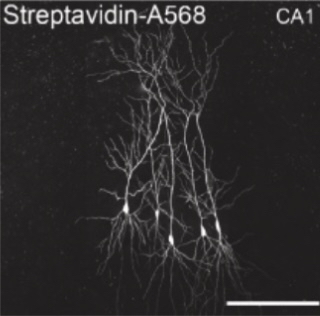Our latest study, published in Brain Stimulation, takes a closer look at how repetitive magnetic stimulation (rMS) influences the brain at the cellular and molecular level. Although transcranial magnetic stimulation (TMS) is widely used in clinical and research settings to modulate brain activity, its biological effects are still not fully understood.
Using a combination of laboratory models and computational simulations, we explored how magnetic stimulation changes communication between neurons. We found that 10 Hz rMS strengthens excitatory signaling in the brain by precisely coordinating activity between pre- and postsynaptic neurons — a process essential for long-term synaptic potentiation, one of the brain’s key mechanisms for learning and memory.
Our work also revealed that brain-derived neurotrophic factor (BDNF) and its receptor TrkB are crucial for this enhancement. Together, these results show that rMS acts through a form of spike-timing-dependent plasticity (STDP) — meaning that the timing of neuronal firing determines how strongly neurons connect to one another.
By combining experimental data with a biologically grounded computational model, we were able to predict how different stimulation frequencies affect synaptic strength, further supporting the role of STDP in this process.
These findings shed new light on how repetitive magnetic stimulation reshapes brain circuits and provide a foundation for designing more precise and effective neuromodulation therapies in the future.
Continue reading the full articel here.
